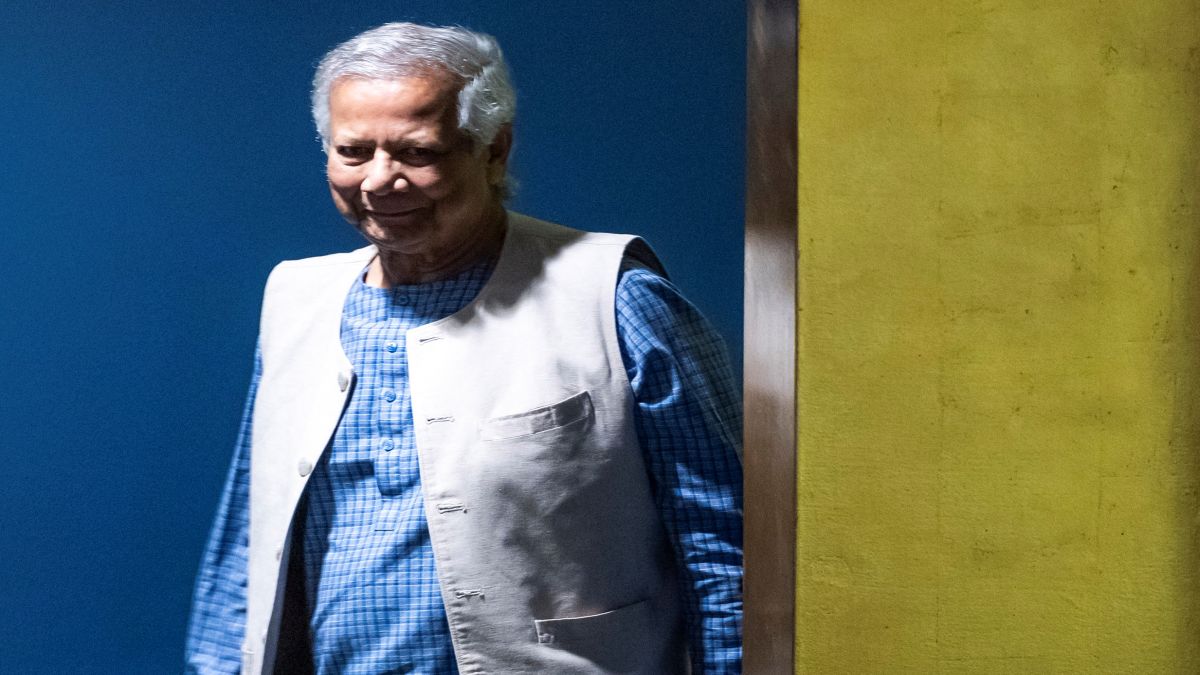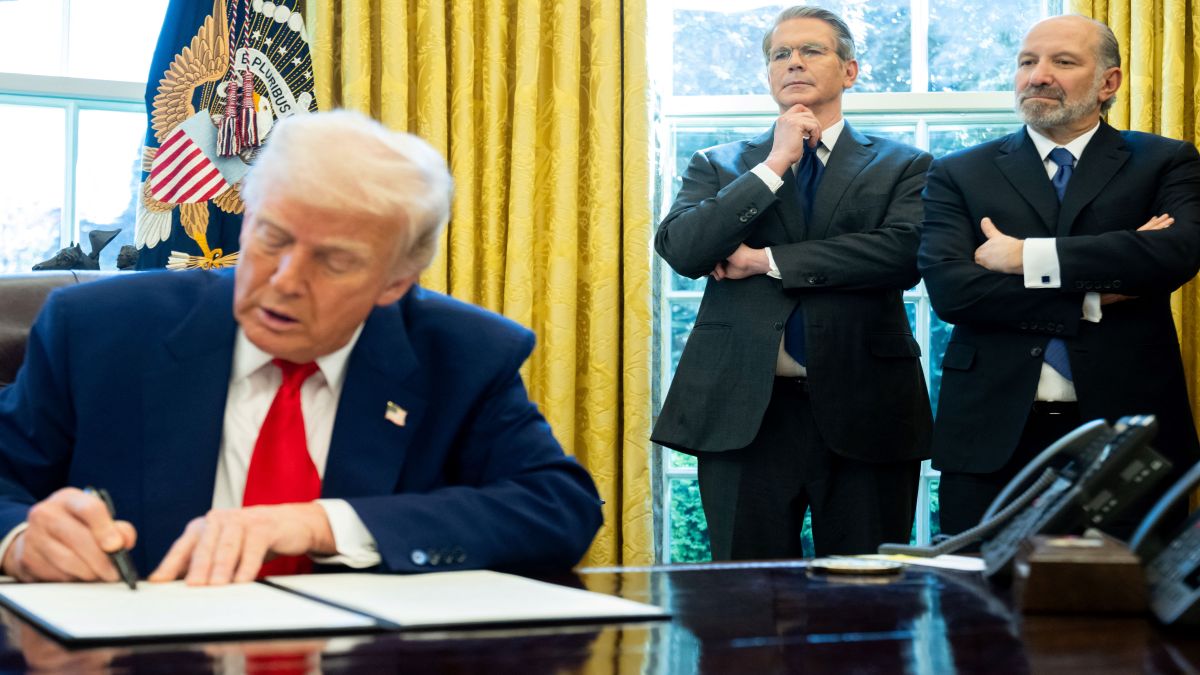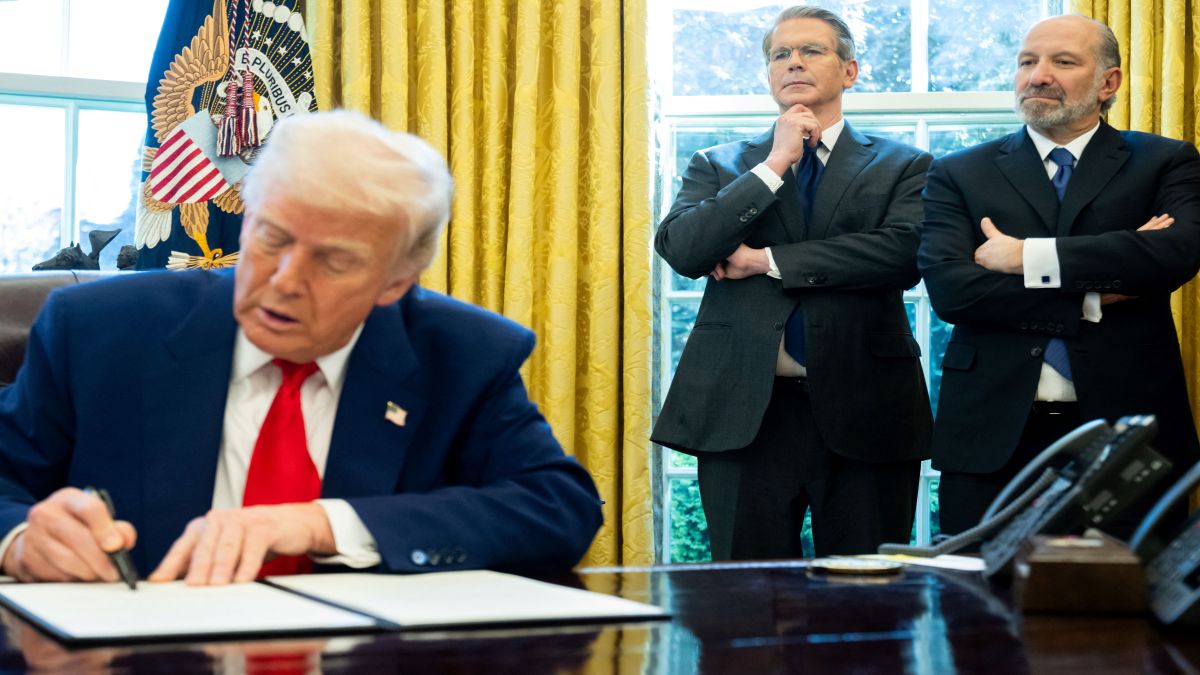After the dramatic exit of Sheikh Hasina, Bangladesh has started gravitating towards Pakistan and China, straining relations with India. A new bonhomie between Bangladesh, China and Pakistan is taking shape silently, which does not augur well for India’s strategic interests and regional stability.
As China expands its influence in the region through its Belt and Road Initiative, and as Pakistan deepens its Islamist, economic and military ties with Beijing, India finds itself in a precarious position with the possibility of a third front power play.
Pakistan has started gaining influence in Bangladesh, nudged by the Chinese lobby deeply ingrained in Bangladesh’s armed forces, bureaucracy, foreign ministry and civil society. A pro-Pakistan Islamist lobby is gaining a voice in Bangladesh’s bureaucracy, civil administration, armed forces and civil society, steering the country close to Pakistan.
This has also engineered the rise of Islamist radicalism, proliferating pro-Pakistani Islamist organisations. Such a trilateral axis is most beneficial to China on another front threatening India. Close Dhaka-Islamabad ties automatically translate into Pakistan regaining its influence in Bangladesh.
Bangladesh’s interim government’s chief adviser, Muhammad Yunus, has recently gone to the extent of overtly playing the Chinese card by issuing a veiled threat to India’s northeastern states while appealing to China to “extend” in the region.
The reported Chinese request to develop Bangladesh’s Lalmonirhat Air Base, unserviceable since World War II, into a fully functional military airfield barely 40 km from India’s Siliguri Corridor adds another thorn in the India-Bangladesh relationship. These rhetorics do not augur well for a stable South Asia and Bangladesh’s long-term interests, which are bound by its geography with India.
China-Bangladesh Relations: From Connectivity to Arming for Strategic Intent
China has made a major ingress, investing nearly $40 billion in the Belt and Road Initiative in Bangladesh, building critical infrastructure, including developing its deep-sea port in Payra, multimode connectivity and the energy sector. The Padma Bridge Rail Link Project has been significantly funded and executed by Chinese firms. Similarly, the strategically located Payra Port along the Bay of Bengal is undergoing modernisation with Chinese financing and engineering. China has reportedly expressed renewed interest in Matarbari Deep Sea Port, signalling its broader maritime ambitions.
The economic leverage is also exploited by China, Bangladesh’s largest trading partner, with bilateral trade of over $25 billion in 2023, with the balance in trade hugely in China’s favour.
China’s defence aid and technology transfer are also on a strong wicket, with China having supplied 78 per cent of Bangladesh’s weapons and being the largest supplier of military hardware to Bangladesh. Bangladesh has acquired submarines and stealth corvettes, significantly enhancing its naval capabilities.
Besides, China has assisted in the establishment of the BNS Submarine Base near Cox’s Bazar, sparking speculation about future Chinese submarine access. Beijing has also supplied surface-to-air missile systems and UAVs, further cementing bilateral defence ties. The Bangladesh Army has been trained and equipped with Chinese tanks; its navy has Chinese frigates and missile boats; and the Bangladesh Air Force flies Chinese fighter jets. The military assistance runs deep.
Perhaps most discerning is China’s request to develop Lalmonirhat Air Base. This WWII-era airstrip, unused for decades, lies just 40 km from the Siliguri Corridor—India’s strategic choke point connecting the mainland to the northeast. If developed into a modern airbase, it would enable advanced ISR (Intelligence, Surveillance, Reconnaissance) coverage over the eastern Indian theatre, permit potential forward deployment of Chinese military assets under the pretext of joint exercises and exert strategic pressure during conflicts.
At the same time, Dhaka has quietly increased its defence cooperation with Turkey, purchasing Bayraktar TB2 drones, a move that has raised eyebrows in New Delhi.
India-Bangladesh: Between Strategic Patience and Brewing Tensions
Relations between India and Bangladesh soured post-ouster of Sheikh Haseena in August 2024. Bangladesh’s interim Chief Adviser Muhammad Yunus has played the China and Pakistan card to antagonise India. The new regime’s unwillingness to curb rising Islamist influence and violence against minorities has unnerved Delhi.
India’s disquiet deepened after Yunus visited Beijing, where he described India’s northeastern states as “landlocked” and pitched Bangladesh as a maritime gateway, suggesting Chinese involvement. To Delhi, that was more than diplomatic posturing; it was a strategic red flag which drew flak.
Delhi kept its message clear but cautious, calling for a democratic, stable, and inclusive Bangladesh and raising concerns about minority safety, illegal border crossings, rhetoric, and law and order. India has also sent a clear message by stalling major connectivity and development projects, declining a Yunus visit before Beijing, and omitting Bangladesh from key regional forums like Raisina. Yet it has also extended pragmatic cooperation, such as concessional rice exports, signalling that its doors remain open, conditionally based on its behaviour.
Economically, Bangladesh is under stress. Upcoming Trump-era tariffs on garments and a faltering economy can make Dhaka more vulnerable. Meanwhile, India is emerging as an alternative export hub. The interim government, reportedly hosting radical Islamist elements, now faces growing instability, military tension, and accusations of drifting toward China and Pakistan.
The message from Delhi is subtle but firm: realign or risk irrelevance. India withdrew the trans-shipment facility in April 2025, granted to Bangladesh since 2018 to export goods to third countries. It comes in the wake of Bangladesh playing the China card. This Indian move will hit Bangladesh’s apparel exports, already under pressure from the American tariffs that would be imposed once the 90-day pause ends.
Pakistan’s Role: The Invisible Hand of Destabilisation
While China uses statecraft, Pakistan’s ISI focuses on covert operations. The greatest threat to India is not the external domain but another internal domain front being ignited by radical Islamist forces on its northeastern borders. This threat is invisible but will have a maximum adverse impact.
The ISI aided, armed and trained militant outfits of North East India who were provided shelter in Bangladesh. Sheikh Hasina had put a stop to all that by dismantling the ISI network in her country, but now under the new dispensation, it has flourished again. Radical Islamist groups in Bangladesh, especially Jamaat-e-Islami Bangladesh and Hefazat-e-Islam, have been covertly funded and exploited by ISI operatives. The ISI’s objective is clear: to surround India with hostile ideological environments and weaken its internal stability through hybrid warfare.
India’s Strategic Response: A Convergent Engagement Strategy
Bangladesh, post the change of regime, has seen the rise of radical elements and political instability, posing a significant security threat to India. It has also been exploited by China and Pakistan, especially the ISI, presenting multi-layered challenges to India’s strategic security environment. A hostile or lack of even engagement could further push Bangladesh towards China and Pakistan. Thus, it requires a strategic construct of a convergent multipronged strategy to address Bangladesh as under:
Diplomatic Engagement: India Must Revitalise its Relationship with Bangladesh
Expedite the Teesta Water Sharing Agreement, a major sticking point in ties.
Expand Track II diplomacy through think tanks, academic exchanges, and cultural forums.
Develop people-to-people ties via tourism, business summits, and shared cultural programmes.
Military Preparedness:
Upgrade the operational readiness with a denial and domination strategy of deterrence with modern ISR, YAS’s systems, air defence, in-situ defensive and strike battle groups and matching logistics. Non-kinetic and non-contact capabilities need to be built.
Engage in defence diplomacy with Bangladesh. Conduct joint exercises and capacity building, particularly in the anti-terror and maritime domain, with the Bangladesh military to build trust and interoperability. Encourage defence exports to Bangladesh.
Optimise the Kaladan Multimodal Transit Transport Project to provide a strategic and economic engagement in the region.
Expedite the India–Myanmar–Thailand Trilateral Highway (IMT-TH) to establish a seamless road link between India, Bangladesh, Myanmar and Thailand. Connectivity connects.
Economic Initiatives:
Deepen trade ties with concessional tariffs and joint ventures in sectors like textiles, IT, and pharmaceuticals.
Offer alternatives to BRI through partnerships with Japan, the EU, and the US under the Blue Dot Network.
Ensure timely completion of Bangladesh-Bhutan-India-Nepal (BBIN) motor vehicle agreements and India-Bangladesh rail connectivity projects.
Counter-Radicalisation and Security:
Strengthen intelligence-sharing mechanisms with Bangladesh to monitor ISI-backed elements.
Support cyber surveillance and online radicalisation monitoring via tech cooperation.
Deploy community policing and outreach programmes in vulnerable Indian states to prevent infiltration.
Conduct covert operations to stymie ISI design, including terror funding.
International Partnerships:
Raise awareness in forums like the UN, QUAD, and G20 about China’s military dual-use infrastructure.
Lead the formation of a South Asian Infrastructure Resilience Initiative to provide transparent financing for regional projects.
Maritime Domain Awareness (MDA) operations in the Bay of Bengal to check Chinese malintent.
Conclusion
The emerging China-Bangladesh-Pakistan nexus needs to be kept under a scanner, as it can be disruptive. India will need to employ all its elements of national power to dissuade Bangladesh from becoming a Chinese pawn or another Pakistan. India must act with vision, confidence, and proactivity to safeguard the geographic and ideological integrity of the Indian state.
The author is former Director General, Mechanised Forces. Views expressed in the above piece are personal and solely those of the author. They do not necessarily reflect Firstpost’s views.


)
)
)
)
)
)
)
)
)